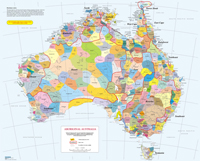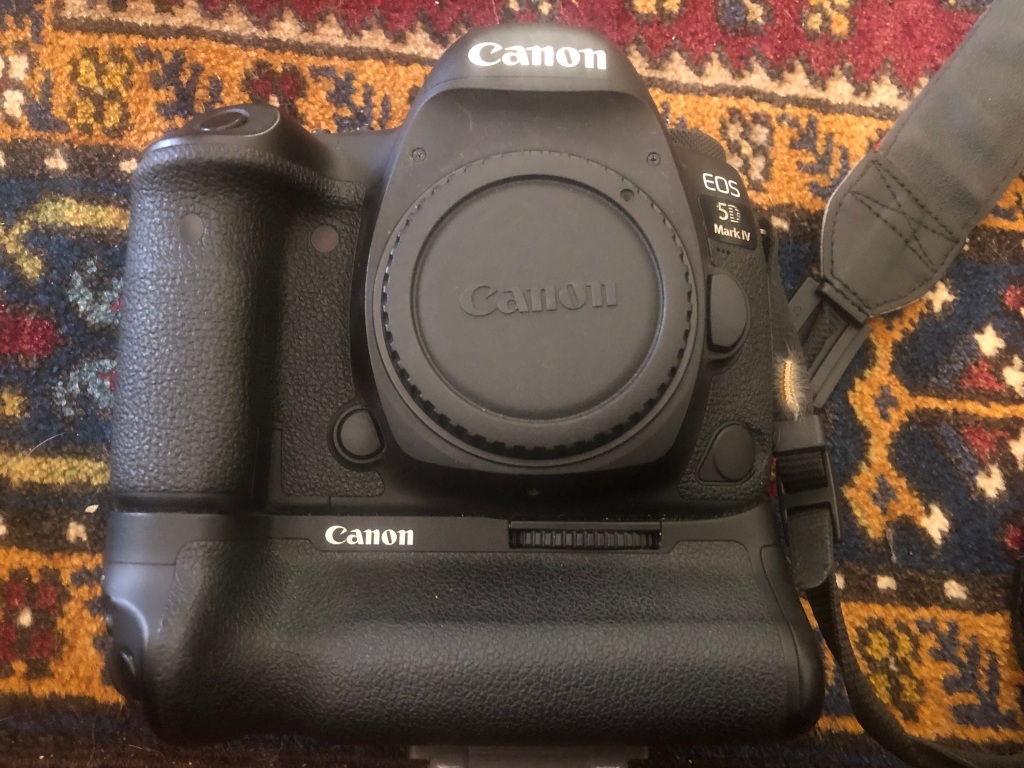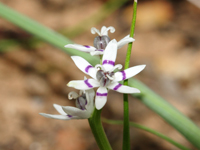After some contemplation and a little research I’m feeling quietly confident that the bird pictured below is a female Pink Robin, my first observation of the species close to Newstead.
Of all the the mainland ‘red robins’ it is the species that I’m least familiar with but I’ve arrived at the identification by a process of elimination.
Firstly it is clearly a robin, going by the general shape and demeanor. In the company of a striking male Rose Robin, this caused me some initial confusion, although it was clearly a female bird, with almost dark- brown dull tones all over.
The lack of an obvious white forehead spot rules out the female Scarlet, Rose and Flame Robins, although this feature can be largely absent in the latter. The female Red-capped Robin lacks this field mark also, often sporting a rusty cap, white underparts and is noticeably lighter-bodied. It was certainly not a ‘red-cap’.
The bird allowed only momentary glimpses, but two clear features were evident on closer inspection – the presence of two rusty wing-bars (see image #1) and an absence of white in the tail (see image #2), generally regarded as diagnostic.
I returned to the site again today and while unsuccessful in locating the bird I’m certain that I heard the calls of a Pink Robin on at least three separate occasions. The Rose Robin was again about, chasing insects in the Silver Wattle as well as high up in the canopy of some tall eucalypts.
I’d like to think a male Pink Robin might be accompanying the female, thereby settling the identification puzzle … at least in my mind, if I can observe it in coming days.

Female Pink Robin, Muckleford Nature Conservation Reserve, 7th June 2024

II

III











Hi Geoff,
I totally agree that’s a female Pink Robin you have seen and photographed. How very exciting for you to have seen it there for the first time.
As well as the overall colouring of the bird, the tan wing bars stand out for me.
I was lucky to have one last month in my garden in Gisborne for about a week.
Regards
Helen Evans
Hi Helen and many thanks for your note. I wonder where these birds are coming from to spend the winter. Cheers, Geoff
Hi Geoff, after our recent robin conversation, great that you have seen a Pink Robin close to home. Like all Petroica species except Scarlets, first year males are brown birds too but your individual does look more like an adult bird. Fascinating to know where they are migrating from. Cheers, Doug
Thanks Doug. An oversight on my part to not mention brown first year birds. We get lots of brown Flame Robins but I can’t recall seeing any Red-capped or Pink in similar garb. If it looks like a Pink Robin to you I think that seals the deal! All the best, Geoff.
Hi Geoff,
If it was in my patch, I’d be saying Pink Robin Female
As an aside, we have seen in quite a number of locations, and had other reports of quite a few of these ladies out and about.
Seems they had a good season.
Beaut to see so many
Good to hear from you David and thanks for confirming the ID. Such a rarity in this neck of the woods. Cheers, Geoff
All good. Seems to be good numbers in the northern subs of Melbourne, I don’t go to Woodlands at present, but no doubt they’d be there.
I wonder where the males go. Perhaps the girls like the more open woodlands for wintering. We’ve had some Flames, but not in the numbers of previous years.
Perhaps they have all just stopped over on the trip to fuel up to move on.
Hope you are able to locate them again.
We have a female that has a particular white feather on the side of her head, so she is easy to track about.
Cold, windy and miserable here today.
Once again…stunning photos…many thanks. V